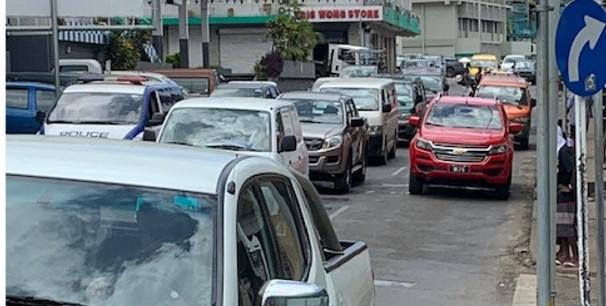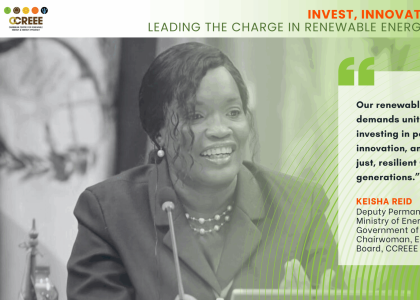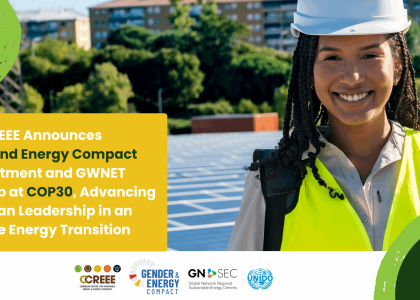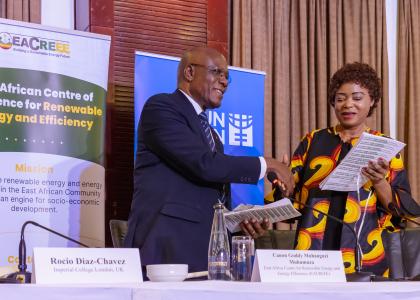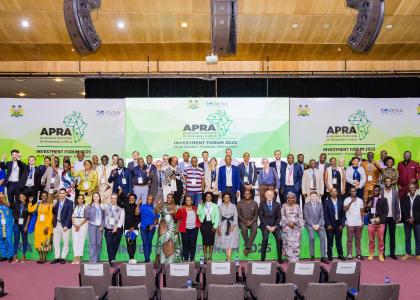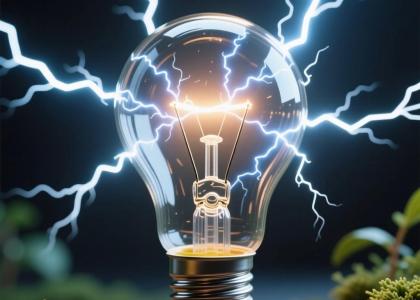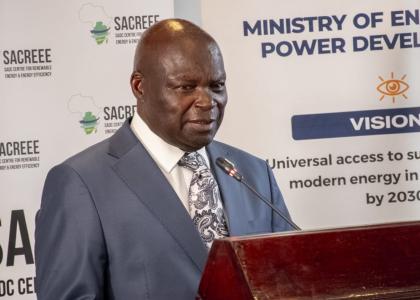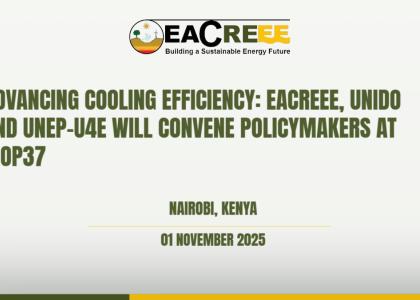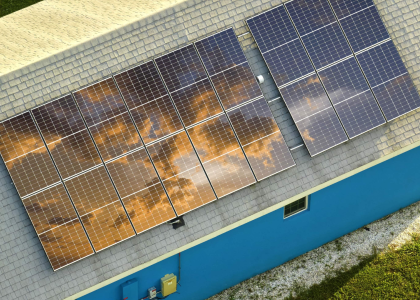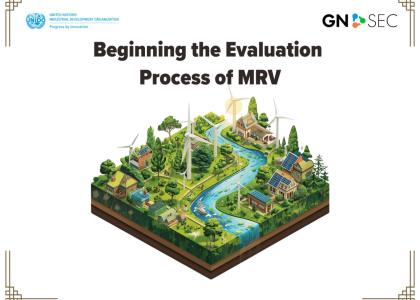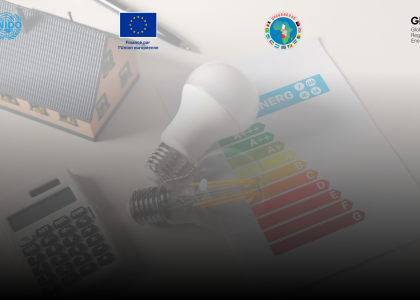Energy efficiency challenges in Vanuatu’s land transport sector were addressed at a meeting in Port Vila this week.
Despite land transport being the single highest contributor to greenhouse gas emissions in Vanuatu, to date most of its efforts to reduce reliance on fossil fuel has focused on fuel used for power generation.
The Pacific Centre for Renewable Energy and Energy Efficiency held the meeting with local stakeholders to seek their input for the formulation of a response plan, at the request of the Climate Technology Centre and Network (CTCN), who is working with Vanuatu on sourcing funding for expert help in the area.
PCREEE Programme Delivery Officer Jesse Benjamin said the support of local stakeholders had been overwhelming.
“We’re on target to submit this plan to CTCN before the end of the month,” Mr Benjamin said.
“We hope that the identification of bottlenecks in the land transport sector and how they may effectively be addressed will begin in June and for the funding proposal to address energy efficiency in Vanuatu’s Land transport sector to be submitted before the end of the year.”
“Making the transport sector more energy efficient will have a huge impact on reducing use of fossil fuels and greenhouse gas emission,” Mr Benjamin said.
More than 63% of the 56 million litres of fuel imported by Vanuatu each year is diesel. Half of that is used by the land transport sector, while 38 percent is used for electricity generation.
The CTCN, as the operational arm of the United Nations Framework Convention on Climate Change Technology Mechanism, is helping Vanuatu to address the energy efficiency challenges in its land transport sector and has tasked PCREEE to help draft the response plan and budget.
Vanuatu’s director of energy Antony Garae acknowledged the generous support of CTCN.
“This will obviously be a transformative project in Vanuatu’s energy and climate change landscape,” he said.


